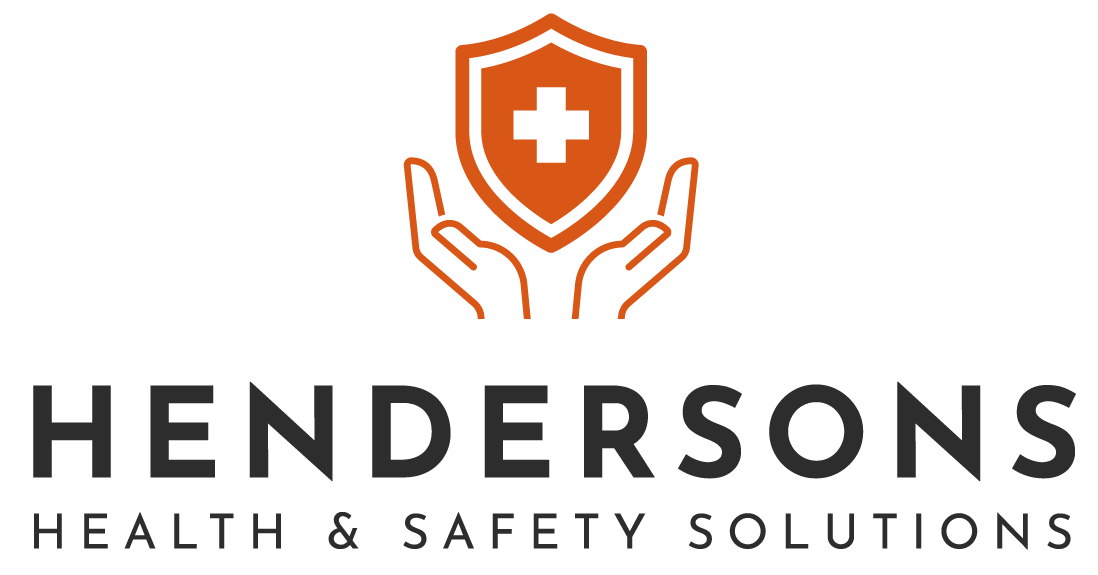The recent prosecution of Nofax Enterprises Limited by the Health and Safety Executive (HSE) highlights the severe consequences of neglecting workplace safety. Over 13 months, inspectors uncovered alarming risks at the company’s Dalston Lane construction site - unsafe fall protection, poor fire precautions, and harmful exposure to silica and wood dust. Despite nine enforcement notices and two site closures, the company failed to take meaningful action, ultimately resulting in a £63,000 fine and additional costs of £25,812.68.
While the Nofax case is a cautionary tale for businesses, it also serves as a reminder for us as health and safety consultants. Unlike HSE inspectors, we lack enforcement powers - we cannot issue improvement notices or shut down unsafe sites. Our influence lies solely in our ability to guide clients effectively, identifying risks and promoting compliance. This raises an important ethical question: is it enough for us to highlight risks, or must we strive for something deeper to ensure that clients take responsibility?

As consultants, we occupy a unique space. We’re entrusted to provide accurate, actionable advice that ensures clients are aware of all relevant risks and the steps required to address them. However, we cannot compel change. Unlike the HSE, which operates as both regulator and enforcer, we are advisors - partners in improvement rather than arbiters of compliance.
Our Role: Advisory, Not Enforcement
The Nofax case underscores the critical importance of our role. Without the ability to impose changes or penalise breaches, our responsibility is to ensure clients understand the stakes - the risks to their employees, their businesses, and their reputations. It’s our job to make them see that health and safety isn’t just about ticking boxes; it’s about safeguarding lives and livelihoods.
Ethical Responsibility: Beyond Tick-Box Compliance
Navigating the fine line between advice and enforcement is one of the most challenging aspects of our work. We often feel a profound moral obligation to ensure our clients act on identified risks. The consequences of inaction can be devastating, as illustrated in the Nofax case. Yet, we must accept our limitations and focus on what we can control: providing clear, compelling advice grounded in a deep understanding of health and safety legislation.
Our work demands more than memorising regulations like the Health and Safety at Work Act 1974 or the Management of Health and Safety at Work Regulations 1999. We must contextualise these laws, demonstrating their real-world implications and guiding clients in applying them effectively. For instance, the hierarchy of controls - elimination, substitution, engineering controls, administrative controls, and personal protective equipment (PPE) - is a cornerstone of risk management. But we know it takes more than a theoretical framework to drive meaningful action. It requires us to identify gaps, anticipate challenges, and inspire clients to prioritise safety.
The HSE’s Role: Process and Perception
Many view the HSE’s enforcement actions as slow or insufficient. In the Nofax case, it’s easy to see why some might accuse the agency of “dragging its heels.” After all, it took over a year and multiple notices before decisive action was taken. But this perspective overlooks the complexities of the enforcement process.
As consultants, we understand that the HSE operates within a rigorous framework, balancing immediate safety concerns with the long-term consequences of its actions. Closing a site, for example, carries significant financial and social implications—not just for the business owner but for employees, suppliers, and the surrounding community. The penalties imposed on Nofax reflect the gravity of its failures, but they also highlight the challenges of holding businesses accountable in a system that requires meticulous investigation and evidence gathering.
Our Role in Prevention
The Nofax case is a clear example of why proactive consultancy is vital. Had the company worked with competent health and safety consultants, many of the risks identified by inspectors could have been mitigated or avoided altogether. We play a crucial role in bridging the gap between regulatory guidance and practical application, helping clients identify risks before they escalate to enforcement action.
This requires more than technical expertise. To drive change, we must communicate risks in a way that compels action. For instance, when we identify inadequate fire precautions, framing the issue in terms of potential outcomes - such as employee safety and legal liabilities - can shift the conversation from compliance to genuine urgency.
Addressing the Bigger Picture
While the Nofax case highlights the importance of robust enforcement, it also draws attention to broader systemic issues. One persistent challenge is the practice of businesses folding to avoid penalties, only to reopen under a new name. As consultants, we recognise that this loophole undermines the effectiveness of enforcement actions. However, addressing this issue requires legislative reform and government intervention.
Our focus must remain on empowering clients to take ownership of their health and safety responsibilities. This includes fostering a culture of accountability, where compliance is not viewed as a burden but as an essential part of good business practice.
Conclusion: A Shared Commitment to Safety
The prosecution of Nofax Enterprises is a powerful reminder of the consequences of neglecting workplace safety. For us as health and safety consultants, it underscores the importance of our role in guiding clients toward compliance and fostering a culture of accountability. While we cannot enforce change, we have the ability—and the duty—to ensure our clients understand the stakes and are equipped to act.
Ultimately, our success hinges on a combination of expertise, ethics, and communication. By embracing these principles, we can make a meaningful difference, ensuring that our clients not only meet regulatory requirements but also create safer, more sustainable workplaces.
Unpicking the criticism and the Consultancy Angle
Our commitment to collaboration underpins everything we do. By working closely with business owners, those with SHEQ responsibilities, partner agencies and stakeholders, we create a culture of safety that empowers everyone to contribute to maintaining high standards. This holistic approach not only ensures compliance with regulations and legislation but also fosters a sense of accountability and shared responsibility for workplace safety.
Through our expertise, dedication, and proactive measures, we provide effective health and safety solutions and strategic management insights to harness the possibilities of a motivated and well organised team. Together, we help our clients navigate complex regulations and achieve operational excellence.




